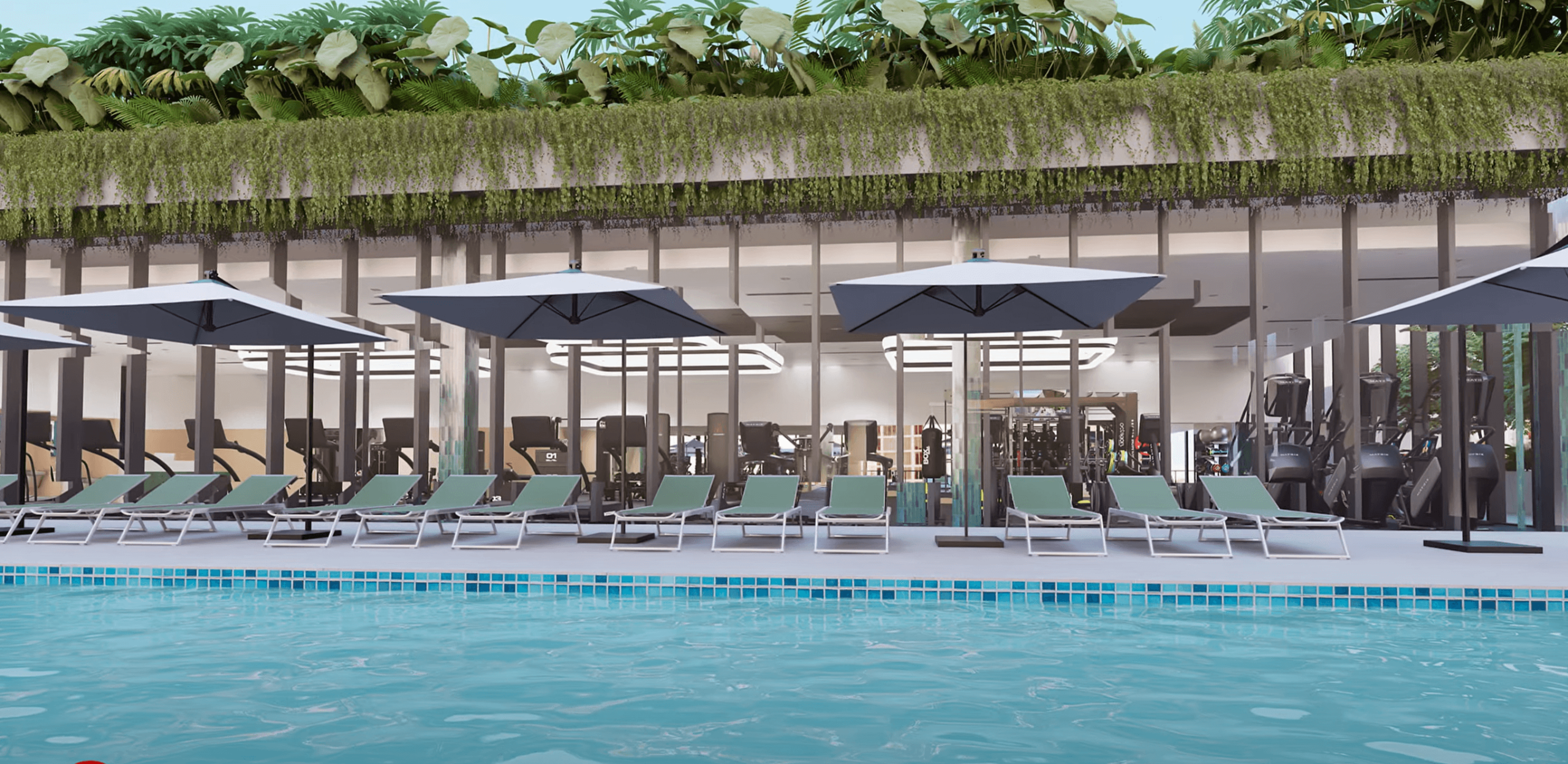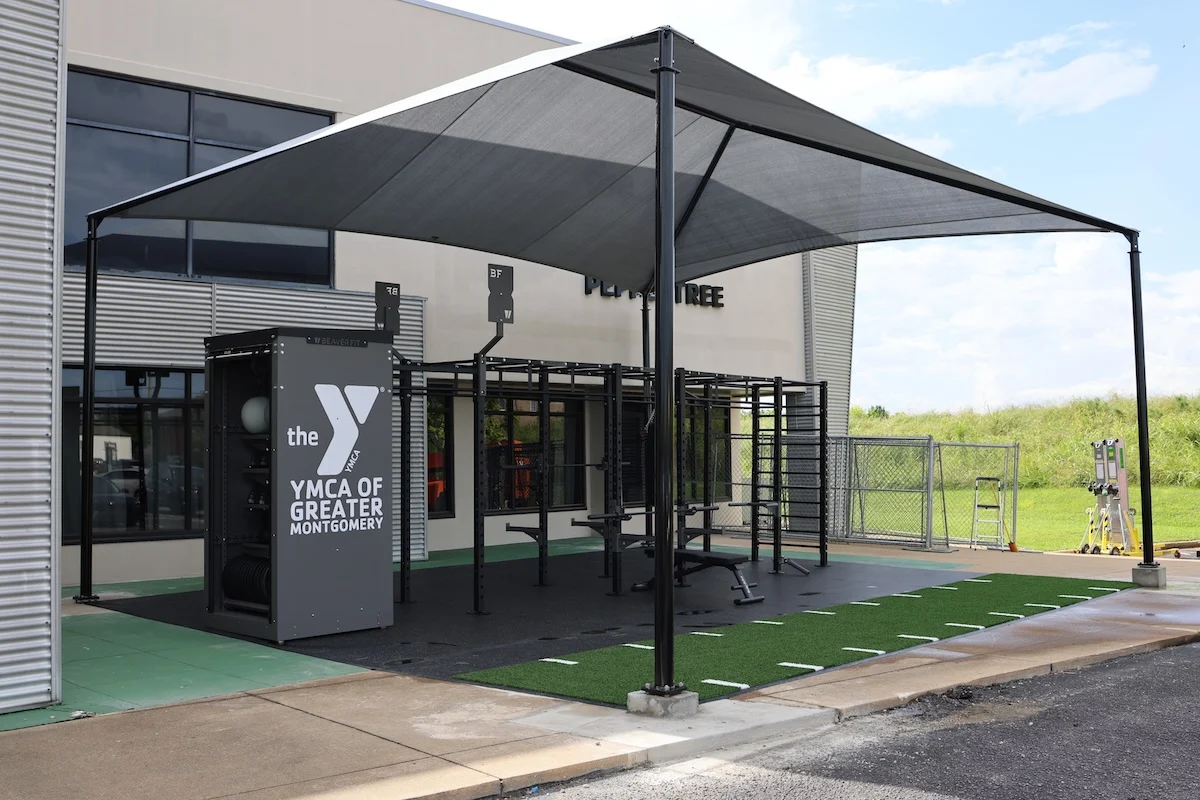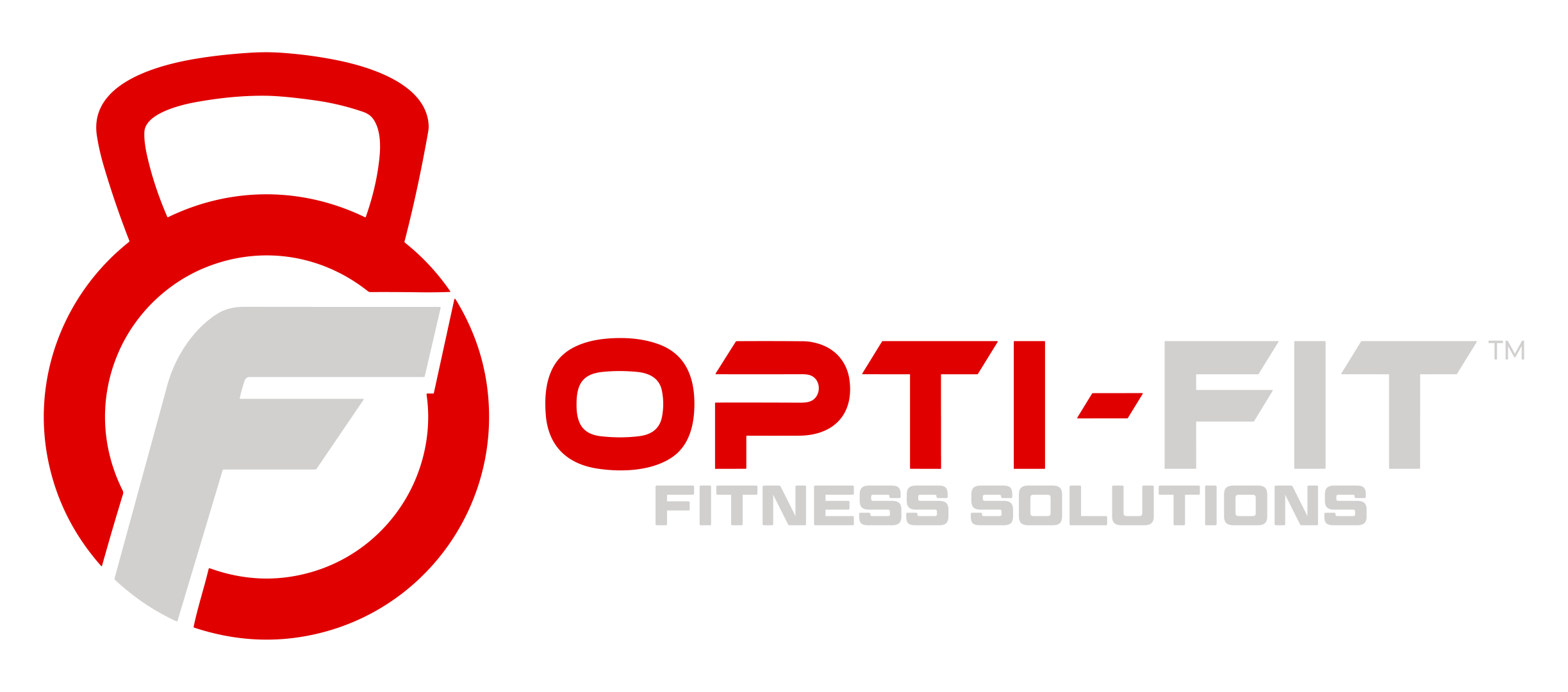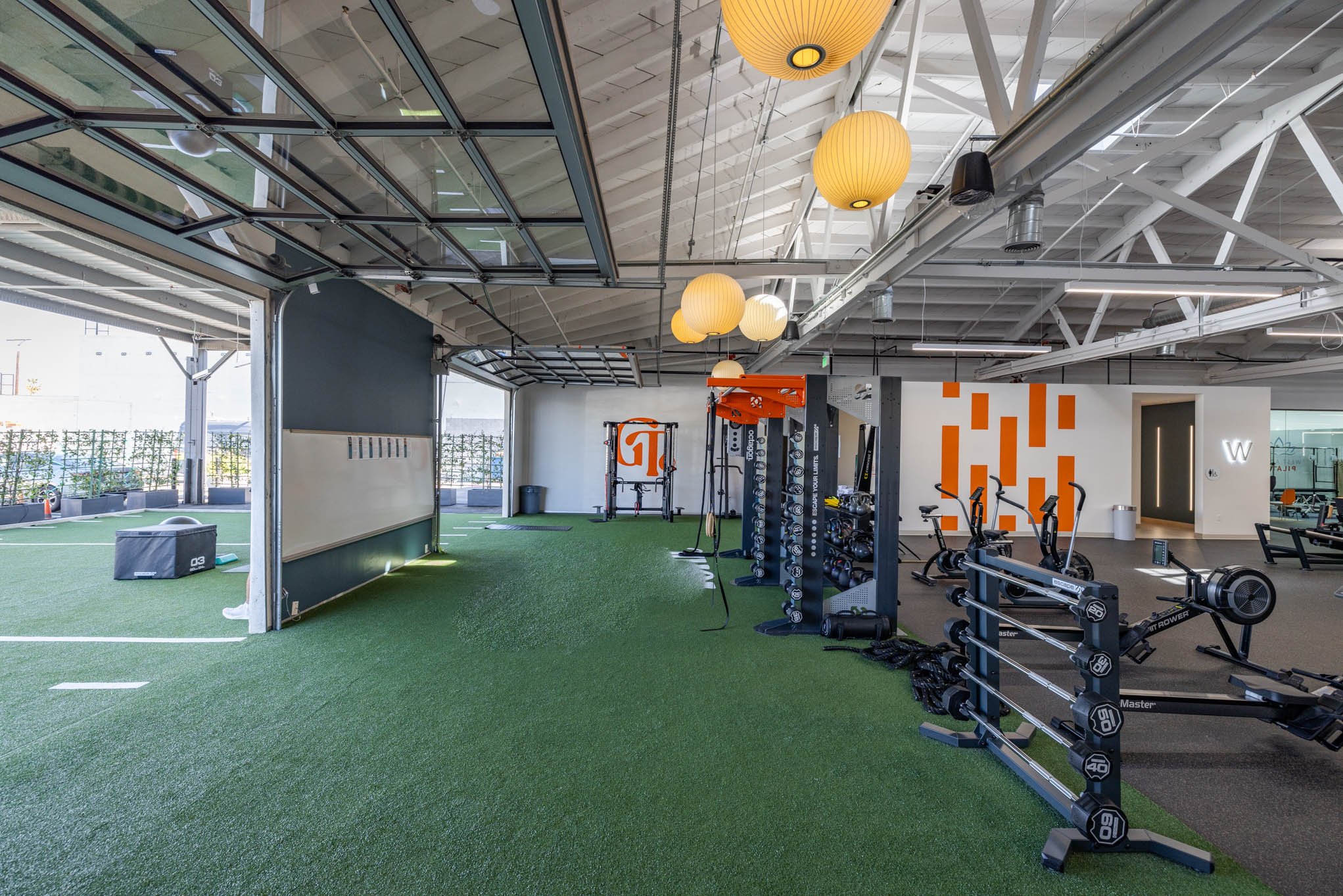Designing a gym involves careful planning and investment. Unfortunately, many gym owners dive in before consulting professionals, leading to costly mistakes that can impact their facility’s success. By understanding these pitfalls and avoiding them, you can create a gym that attracts and retains members while maximizing your return on investment. Here are eight common mistakes to watch out for when designing your gym.
1. Neglecting Market Research
The fitness industry and its trends can change rapidly, and it is important that you safeguard your investment during the design phase.
One of the biggest mistakes in gym design is failing to conduct thorough market research. Understanding your target audience’s demographics, preferences, and fitness trends is crucial. Neglecting this step can lead to a mismatch between your facility’s offerings and what potential members actually want.
Tip: Conduct surveys and analyze local competitors to understand the types of equipment, classes, and amenities that will appeal to your target demographic.
2. Poor Gym Space Planning
Effective space planning is essential for creating a functional gym layout. Poorly designed spaces can lead to overcrowding, inefficient traffic flow, and safety hazards. Common issues include not providing enough room for equipment, neglecting designated areas for group classes, or failing to separate high-intensity zones from quieter spaces.
Tip: Utilize professional gym design services (like those available at Opti-Fit) to ensure an efficient layout that accommodates various activities while promoting a positive member experience.
3. Underestimating Equipment Needs
Another costly mistake is underestimating the amount and variety of commercial fitness equipment your gym needs. Investing in too few machines can lead to long wait times, frustration, and ultimately, member drop-off. On the other hand, over-purchasing can strain your budget and result in unused equipment taking up space.
Tip: Analyze the expected membership size and types of classes or workouts you plan to offer, then consult with Opti-Fit’s equipment experts to determine the right quantity and variety.
4. Overlooking Lighting and Ambiance
Lighting plays a significant role in a gym’s atmosphere. Poor lighting can make the space feel uninviting, while well-placed lighting can enhance the overall experience. Neglecting this aspect can lead to a dull environment that fails to motivate members.
Tip: Incorporate a mix of natural and artificial lighting into your gym space. Use adjustable lighting to create different moods to match gym activities, such as bright lights for high-energy classes and softer lighting for yoga or meditation sessions.
5. Ignoring Accessibility and Safety
Accessibility and safety should be at the forefront of your gym design. Failing to accommodate individuals with disabilities can alienate potential members and lead to legal complications. Additionally, not addressing safety concerns can result in injuries and increased liability.
Tip: Ensure compliance with ADA (Americans with Disabilities Act) guidelines and incorporate features like ramps, wide doorways, and designated areas for medical emergencies. Regularly assess your facility for potential hazards and ensure you are meeting safety standards.
6. Falling Short on Fitness Amenities
While focusing on essential equipment is important, overlooking amenities can be a costly mistake.
The gym and fitness industry can be competitive, and thoughtful additions can give you an edge. Features such as showers, locker rooms, charging stations, and comfortable lounge areas significantly enhance the member experience. Some of these amenities can be retrofitted after your gym redesign, but many require upfront consideration. Falling short on these can deter potential members from choosing your gym over others in your area.
Tip: Invest in quality amenities that cater to your target audience. For example, if you aim to attract busy professionals, consider adding convenient features like towel service, treadmill desks, high-quality toiletries, and well-maintained locker rooms.
7. Failing to Plan for Future Fitness Center Growth
Many gym owners make the mistake of designing their facility for their current audience without leaving room for future growth. As fitness trends evolve and membership numbers increase, you may need to expand your offerings or equipment, requiring a full redesign. Designing a space that cannot adapt to future needs can limit your gym’s growth potential.
Tip: Build flexibility into your design by creating modular spaces that can be repurposed easily. Leave room for expansion, and consider investing in equipment that can grow with your business.
8. Trying to DIY Gym Planning and Design
Professional gym planning and design experts are proficient in all these errors and others. While many gym owners think DIY design efforts will save money, they can actually cost you more in the long run. In addition to the cost of unexpected challenges and mistakes that often come without expert help, professionals know how to save you money and build a gym that meets any budget.
Join Our Newsletter
Choose Opti-Fit Gym Design Services
Avoiding these costly gym design mistakes can save you significant time and money while helping you create a welcoming, functional, and successful fitness facility. Opti-Fit is here to help. Our professionals are experienced in every aspect of gym creation and aware of the challenges they face. We come prepared with the solutions and support you need to thrive. Learn about Opti-Fit’s process or contact our professionals to learn more and get started today!
Related Articles

Matrix Fitness: Smart Cardio Investment for Multifamily ROI
11/12/2025

Elevating User Experience Through Strategic Fitness Center Layout
09/05/2025



